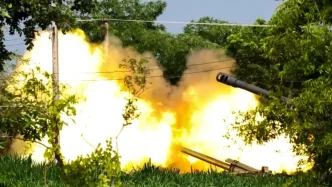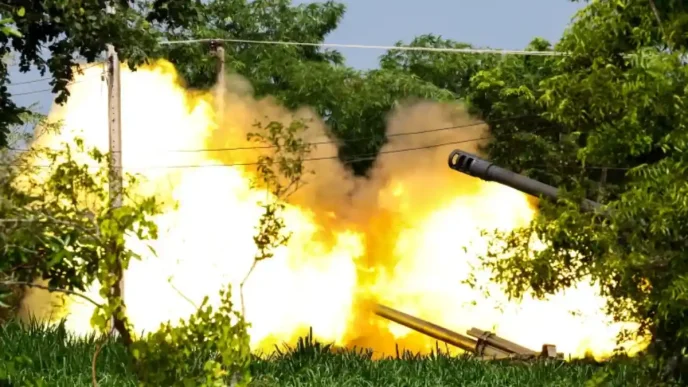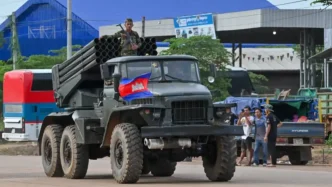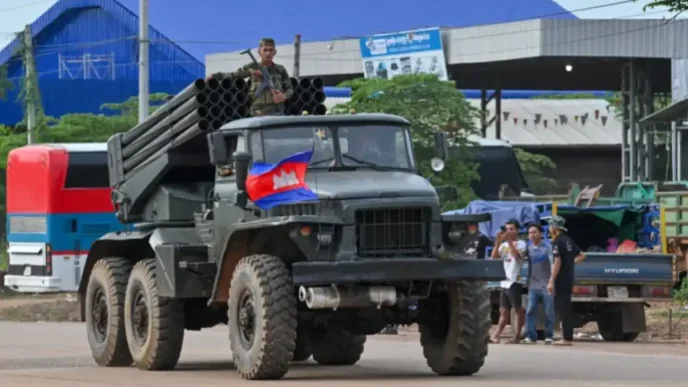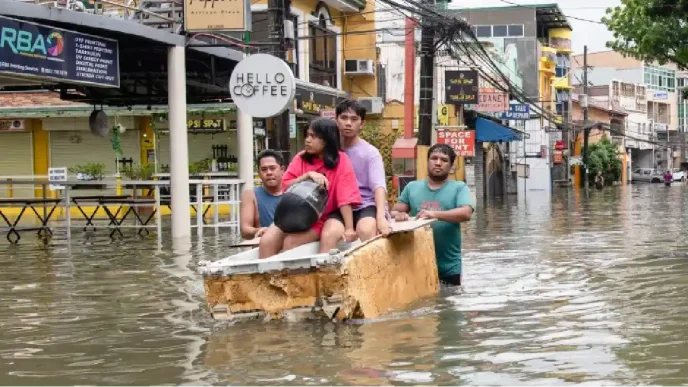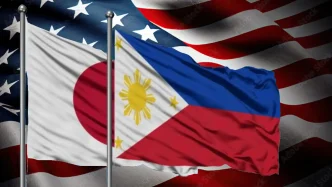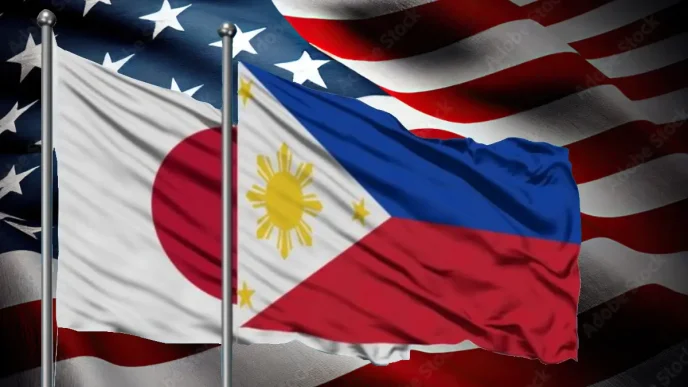** – In a swift and coordinated operation, the Malaysian Maritime Enforcement Agency (MMEA) rescued six Filipino nationals, including a child, after their vessel sank near Sandakan port limits in Sabah, East Malaysia. The victims, aged between 11 and 45, were handed over to Philippine authorities at the Malaysia-Philippines maritime border on Monday, 17 March, marking another instance of cross-border cooperation in the region’s often perilous waters.
The incident, which unfolded late on Sunday evening, highlights the dangers faced by seafarers in the Sulu Sea, a busy maritime corridor known for both trade and risks ranging from harsh weather to piracy. It also underscores the critical role of agencies like the MMEA in ensuring safety and fostering bilateral ties between Malaysia and the Philippines, two nations linked by geography and shared challenges.
A Race Against Time
According to Maritime Captain Muhamad Suhairy Hussain, director of the Sandakan Maritime Zone, the MMEA was alerted to the sinking vessel at 7.30pm on Sunday, 16 March, through reports from Sandakan Port Control and Taganak Port Control in the Philippines. Without delay, a Halilintar-class vessel was deployed to the location, outside Sandakan port limits, arriving at the scene by 9pm.
The rescue team successfully saved all six individuals on board—five adults and one child. The survivors, all Filipino nationals, were brought to the Sandakan Maritime Zone Jetty by 11.30pm for medical attention and further processing. While details of their condition remain undisclosed, the prompt response likely prevented a tragic outcome in an area where maritime incidents can quickly turn fatal due to strong currents and remote locations.
Cross-Border Coordination
Following the rescue, bilateral discussions paved the way for a seamless handover. The MMEA worked closely with Philippine authorities, including the Coast Guard and the Municipal Disaster Risk Reduction and Management Office, to ensure the safe transfer of the rescued individuals. The handover took place at 10.30am on Monday at the maritime border, a symbolic and practical gesture of cooperation between the two nations.
This operation is a testament to the established protocols between Malaysia and the Philippines for handling maritime emergencies. The Sulu Sea, which separates Sabah from the southern Philippines, is a hotspot for cross-border movement, often involving fishermen and small vessels vulnerable to accidents. Such incidents frequently require joint efforts, as nationals from one country are rescued or detained in the waters of another.
Broader Context of Maritime Safety
While this rescue operation ended successfully, it draws attention to the broader challenges of maritime safety in the region. The Sulu Sea and surrounding waters have long been a concern due to unpredictable weather, overloaded or poorly maintained vessels, and, in some cases, security threats like piracy and kidnapping by militant groups. Though there is no indication that this incident involved foul play, the area’s history adds a layer of complexity to every maritime operation.
For Filipino nationals, many of whom rely on small boats for fishing or transport between islands, such risks are an everyday reality. The rescued individuals may have been on a routine journey when disaster struck, though the exact purpose of their voyage remains unclear. Their safe return to Philippine authorities offers a moment of relief, but it also prompts questions about how safety can be improved for vulnerable seafarers.
Beyond immediate rescues, Malaysia and the Philippines have engaged in ongoing dialogues to address these issues. Joint patrols and information-sharing agreements have been implemented in recent years, particularly to combat piracy and ensure rapid responses to emergencies. The handover of the six Filipinos is a small but significant example of these mechanisms in action, reflecting a commitment to humanitarian principles amid complex geopolitical dynamics.
A Shared Responsibility
The successful rescue and handover also highlight the human dimension of maritime borders. While Malaysia and the Philippines have had their share of tensions—ranging from territorial disputes over Sabah to concerns about illegal migration—operations like this demonstrate a shared responsibility to protect lives at sea. The presence of a child among the rescued adds an emotional weight to the story, reminding authorities and the public alike of the stakes involved.
For now, the focus remains on the six individuals who narrowly escaped tragedy. Their return to Philippine soil, facilitated by the MMEA’s swift action and coordination with counterparts across the border, is a small victory in a region where the sea can be both a lifeline and a danger. As both nations continue to navigate the challenges of their shared waters, such incidents serve as a reminder of the importance of vigilance, preparedness, and above all, cooperation.
This story, while not tied to broader political or economic upheavals, captures a moment of humanity amid the often turbulent currents of South East Asia’s maritime landscape. It is a filler piece in the grander scheme of regional news, but one that reflects the quiet, essential work of agencies like the MMEA in safeguarding lives.



